What is biophilic design and how can it increase creative productivity?
Discover how incorporating biophilic design into your workspace can make you happier and more productive.
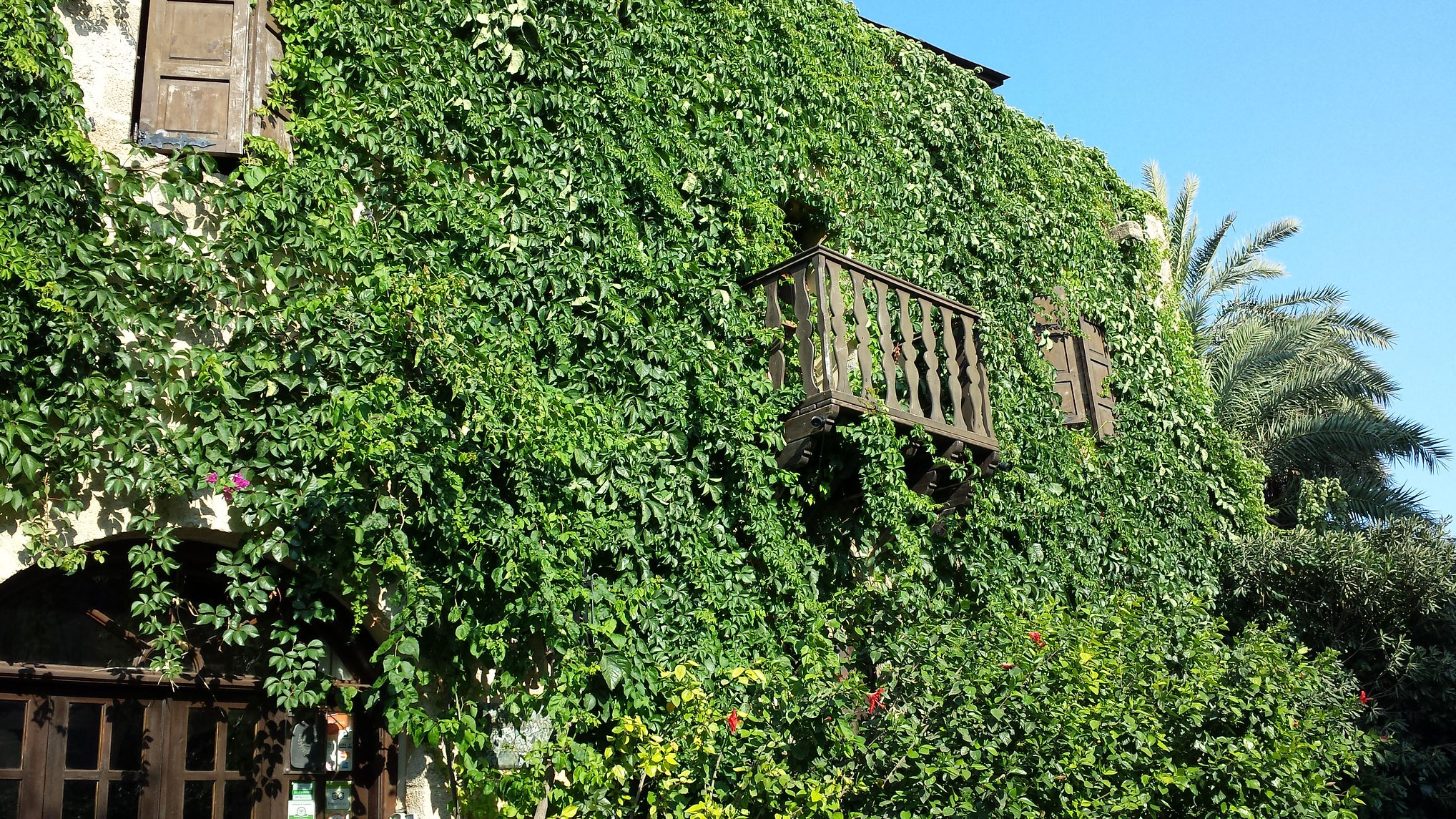
Biophilic design is a concept that might be familiar to some, but alien to others. Simply put, it is the marriage of the built environment with nature and living forms, and has been around, in various guises, but possibly without defined terminology attached to it, for centuries.
Whether it is increasing contact and exposure to the outdoors by bringing external environments inside, or by taking time to actively stop and appreciate nature even in an informal way, engaging with the natural world is proven to have beneficial effects, including inspiring creativity. We check out a few ways that you can encourage biophilia at work without having to completely redesign your office space.
If you'd like to see some famous examples of biophilic design at work, you can also check our post on the world's most inspiring famous buildings. For more productivity tips, see our guide to the best productivity tools.
What is biophilic design?
Biophilic design is derived from the biophilia hypothesis, a term coined by Edward O. Wilson in his 1984 book Biophilia. This idea centres around the concept of a love of life and living systems, whether they be natural, human or animalistic. Wilson said that humans crave contact with other life forms, such as plants and animals, and that they thrive when they are connected with their surroundings.
Biophilic design, in that case, is a scenario whereby the built form responds to and incorporates the natural environment. These days, biophilic design could be included in such concepts as sustainable or green architecture, and carries with it all of the considerations that sustainability implies.
How can biophilic design increase creative productivity?
Creatives know the importance of an inspiring workspace. Whether you're a freelance illustrator working from home, an art director working in the office of an ad agency, or a graphic designer renting a desk in a co-working space, design professionals often endeavour to arrange their workspace so they can maximise their productivity.
Personalising a workspace can be one way of increasing your productivity, for example by surrounding yourself with family photographs, or bringing your own mug into the office, but there are other factors that can affect your creative output in ways you might not have noticed. Natural light is incredibly important when it comes to a happy workplace, as is access to fresh air, as well as sufficient time away from your computer to give your eyes a rest and allow yourself to stretch and move your body. All of these things can be achieved if the proper attention is given to biophilic design, making the workplace much more likely to encourage maximum creativity and productivity.
Get the Creative Bloq Newsletter
Daily design news, reviews, how-tos and more, as picked by the editors.
Here are five ways you can incorporate biophilic design into your working environment.
01. Seek the sun
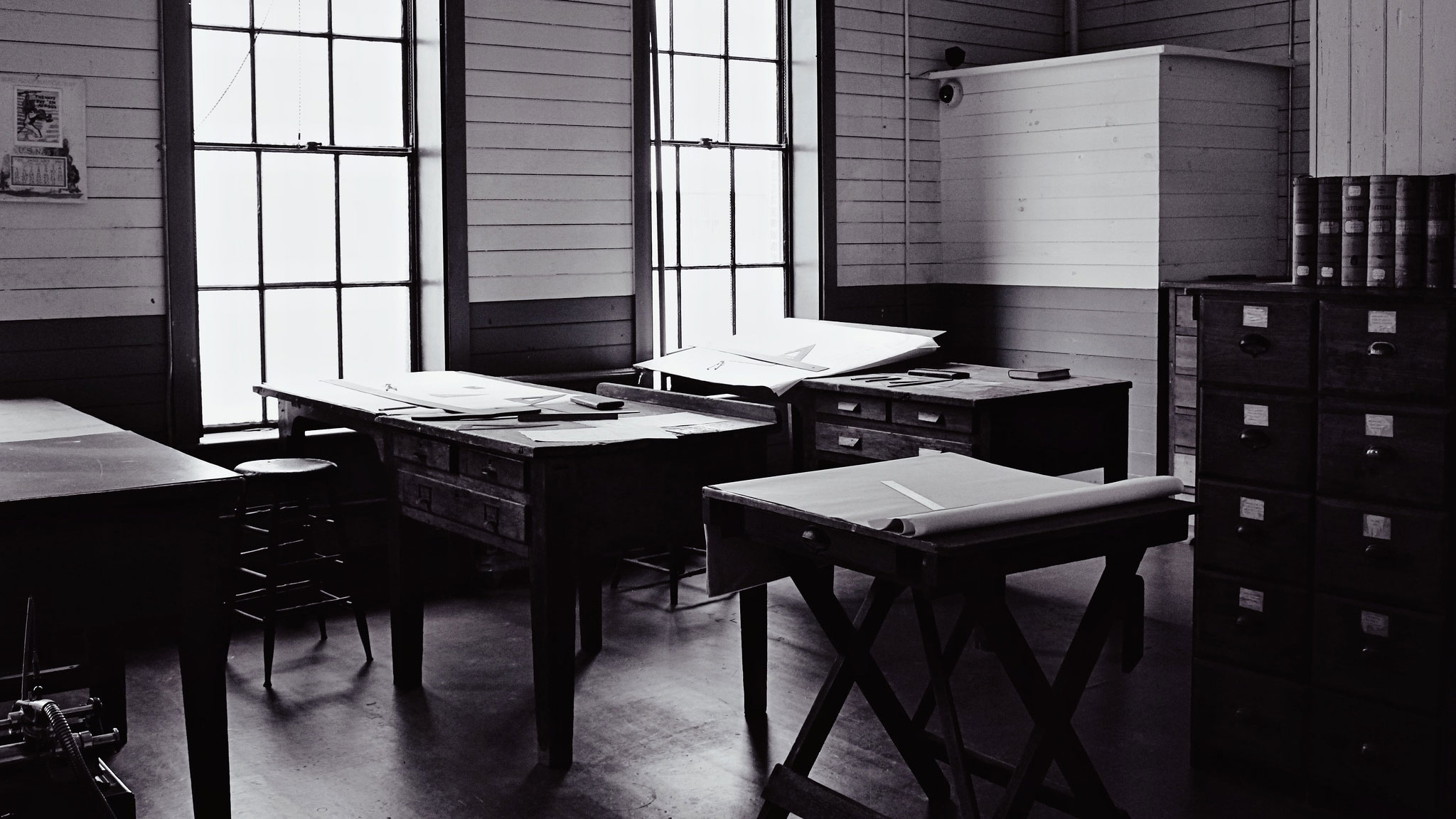
Early office blocks had wide and deep plans to maximise space efficiency. The expansive plan was peppered with cubicles, cocooning employees and creating even more enclosed workspaces. As office environments evolved, open plan was favoured, as it became apparent that workers worked better if they could see and communicate with each other.
Cut to the offices of today, and you will see tall, fully glazed skyscrapers, where employees are organised around the perimeter of the building so they can be close to the windows, and therefore benefit from direct sunlight.
You don’t have to be a creative professional to know how important access to natural light is, but creatives feel it all the more keenly if they are cut off from the sun. If you find yourself in a darker work environment, schedule daylight breaks into your work time, or invest in a daylight lamp, which simulates the full spectrum of natural daylight.
02. Get a plant, and look after it
Plants have been given a new lease of life in recent years. Offices, apartments and hotels now appear on the pages of interior design magazines dripping with vegetation. Psychologists often prescribe plants to patients with depression, as taking care of something gives them a purpose, and it has been proven that patients who are able to look at plants from their bed have a speedier recovery.
This small, but important, contact with nature cannot be overstated. Surrounding yourself with plants fulfils one of the most basic principles of biophilia: loving a living thing. Keeping a plant alive feeds into the nurturing cycle of life, and helps to reinforce the positive and life-affirming energy necessary to create, so make it a priority to have a small plant on your desk if your office is lacking in greenery.
03. Get some fresh air
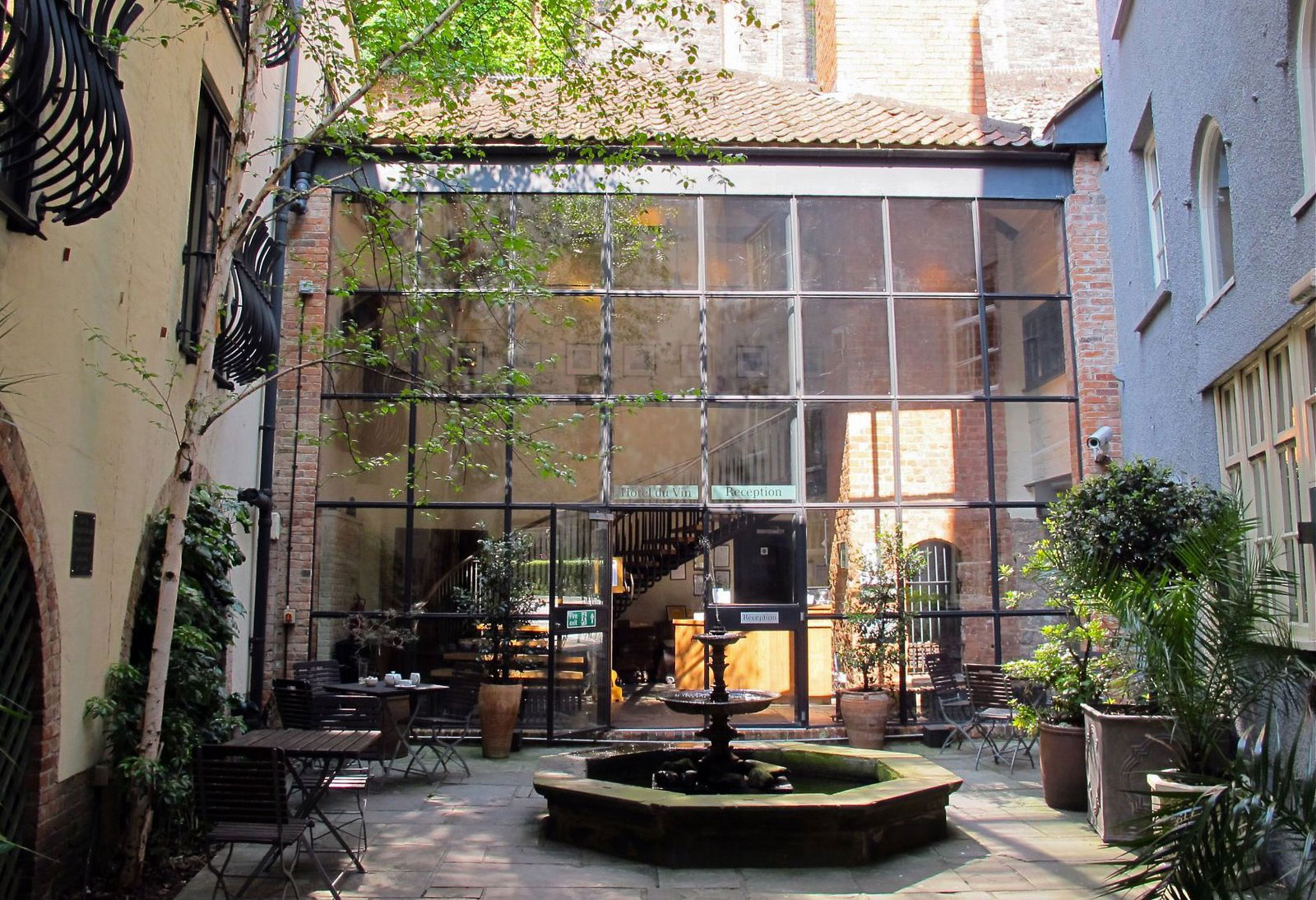
Freelancers and officer workers alike can be stung by the curse of stagnant air. Contemporary office buildings are often maintained by building management systems, which control heating, cooling and ventilation. Environmental comfort is taken out of the hands of the employee, with windows sealed shut, electric blinds operated mechanically and air temperature set to a constant.
Freelancers who work from home, on the other hand, might find themselves still in their pyjamas at 4pm, not having yet left the house for the third day that week. A lack of fresh air can make you sluggish and sleepy, which is definitely not ideal for being creative and productive. Whether you're house or office bound, it's vital that you make time to get outside and into the world. This can even be something you arrange to do with your co-workers, so that you all benefit from the great outdoors.
04. Find running water
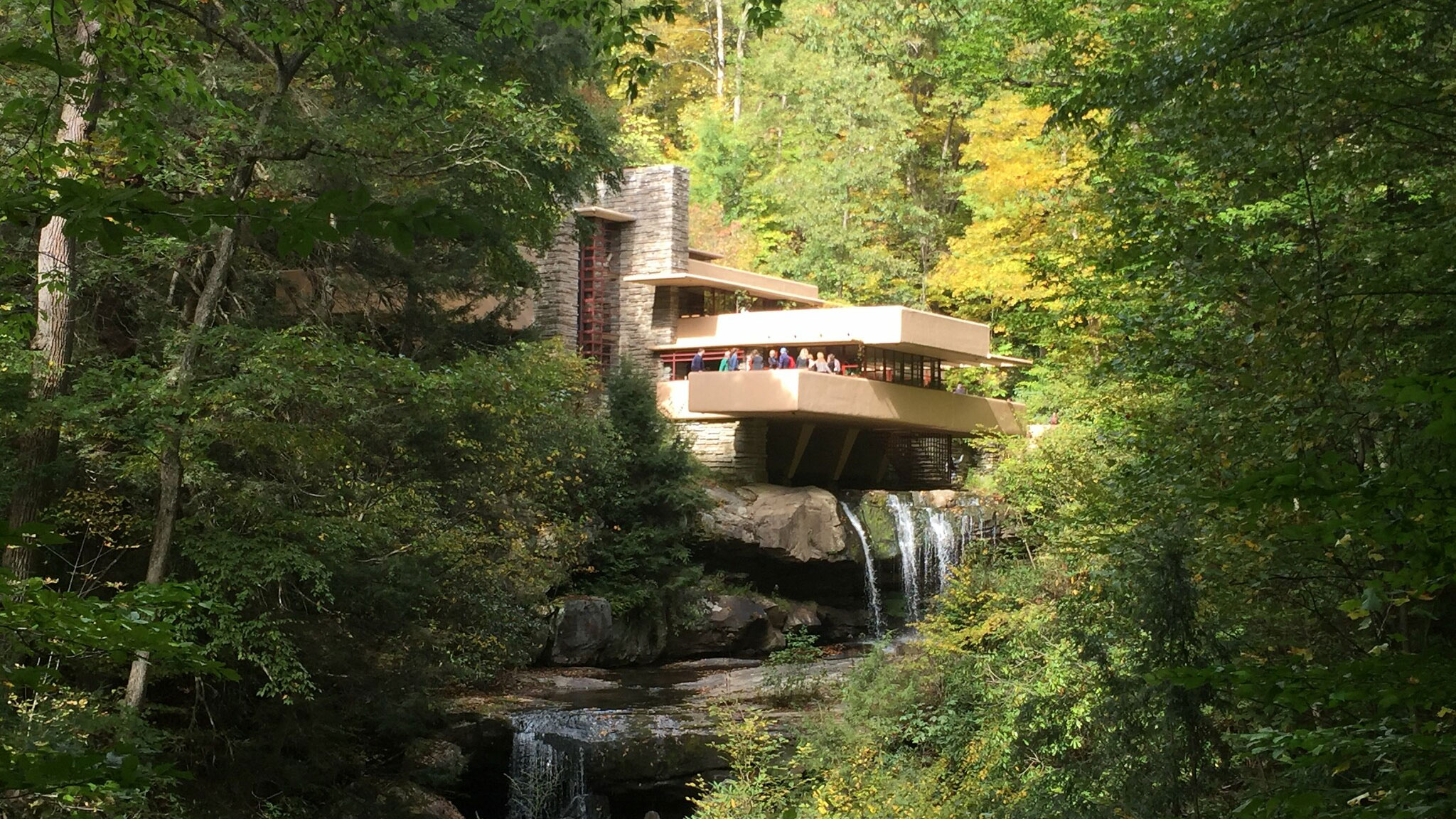
The sound, sight and action of running water soothes in countless ways. Many of biophilic design’s greatest proponents have put moving water at the centre of their design schemes because of its myriad benefits. Frank Lloyd Wright’s Fallingwater, one of architecture’s most treasured residences, takes its cues from the Bear Run river waterfall that tumbles down the site, over which the house is built. The tiered structure reflects the natural topography that generates the waterfall, as well as capturing the most picturesque views of falls.
Throughout the course of history, fountains have acted as both decorative features and a means of hydrating the public. Zen gardens incorporate water as part of a trio of natural materials, along with stone and sand. If your workspace doesn’t enjoy proximity to a waterfall, fountain or zen garden, seek out the nearest park, river or stretch of coastline for your fix of running water.
05. Use natural materials
When conceiving of the design of a workspace, whether it’s a garden shed or an urban skyscraper, there might not always be the opportunity to exploit such natural resources as rivers or waterfalls, so in these instances, it is necessary to think outside the box when it comes to biophilic design.
One way of doing this is to use natural materials in the construction and interior design of the building. Materials such as wood and stone recall natural environments, and coupled with generous swathes of planting can simulate a natural setting, and can provide a calming space for employees to retreat to, thereby allowing them to rejuvenate so they can be as productive as possible.
Read more:

Thank you for reading 5 articles this month* Join now for unlimited access
Enjoy your first month for just £1 / $1 / €1
*Read 5 free articles per month without a subscription

Join now for unlimited access
Try first month for just £1 / $1 / €1
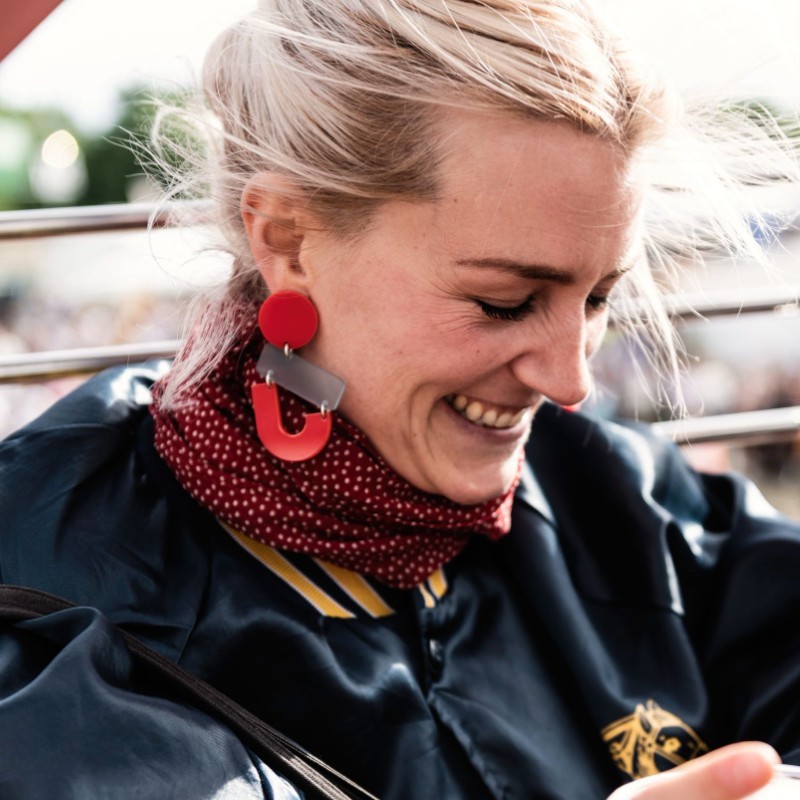
Sorcha O'Higgins is a collage artist and freelance writer. With a background in architecture and urban art, she works mostly with existing analogue material to create both abstract and figurative work. Her collages use bold colours, patterns and contrasting elements to create playful, direct and sometimes brazen images.
